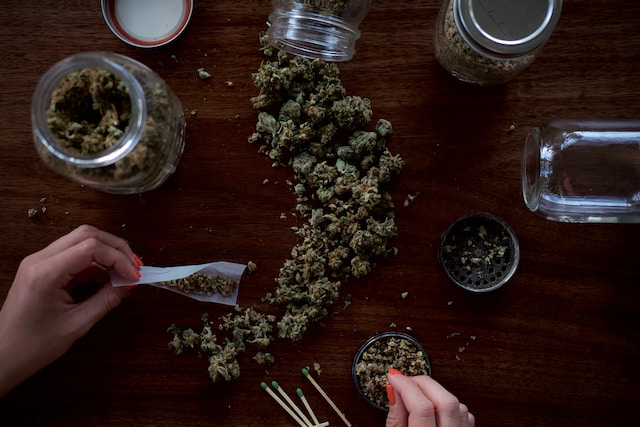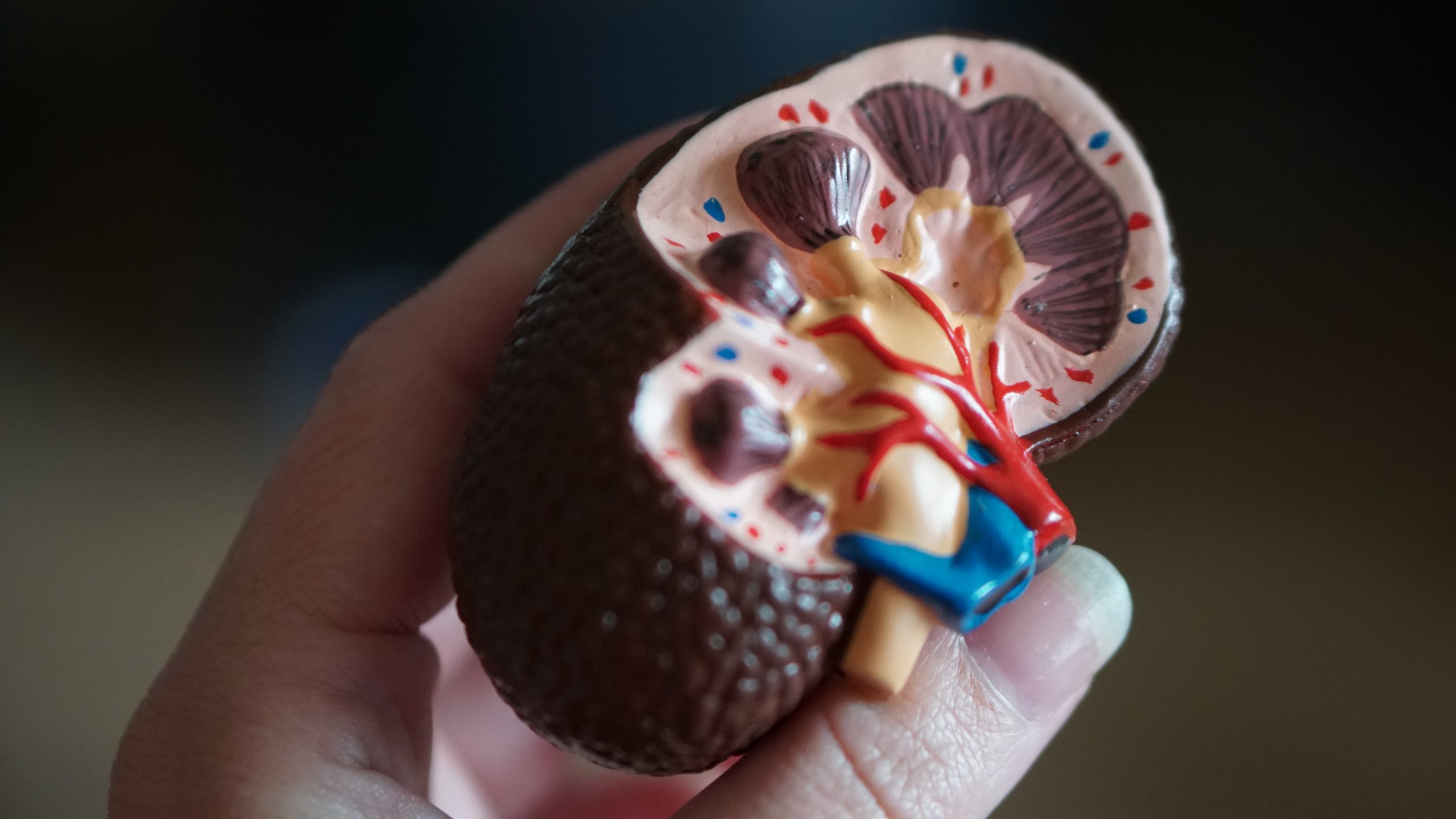For decades, smoking weed has been associated with heightened creativity, fueling the myth that cannabis is a magical key to unlock one’s creative potential. However, recent research challenges this notion, revealing a more complex relationship between marijuana and creativity. In this article, we will explore the reasons why smoking weed might not be the panacea for creativity that many believe it to be.
The Illusion of Inspiration: Marijuana has long been romanticized as a source of inspiration, with artists and musicians attributing their creative breakthroughs to its influence. However, it is crucial to distinguish between the perception of enhanced creativity and the actual creative process. While marijuana can induce feelings of euphoria and relaxation, it does not guarantee the cultivation of true creative genius.
The Science Behind It: Scientific studies have shed light on the effects of marijuana on cognition, revealing that the relationship between cannabis and creativity is far from straightforward. Tetrahydrocannabinol (THC), the primary psychoactive compound in marijuana, can alter brain function, impacting memory, focus, and divergent thinking—the ability to generate a wide range of ideas. These cognitive changes may inhibit rather than enhance creative thought processes.
The Fallacy of the “High” State: Proponents of marijuana argue that being “high” leads to enhanced creativity and a more open-minded approach to artistic expression. However, the reality is more nuanced. While marijuana can alter perception and mood, it can also impede concentration, problem-solving, and critical thinking—essential elements of the creative process. The fleeting bursts of inspiration experienced under the influence of marijuana may not translate into lasting creative achievements.
Individual Variability: Another factor to consider is individual variability in response to marijuana. Each person’s brain chemistry and physiological makeup are unique, resulting in different reactions to the drug. What may fuel creativity for one individual might hinder it for another. It is essential to recognize that anecdotes from creative icons who credit marijuana for their success do not provide a comprehensive understanding of its effects on creativity.
Creative Sustenance: Creativity thrives on discipline, hard work, and honing one’s skills over time. While marijuana may offer temporary bursts of inspiration, true creative achievement requires sustained effort, focus, and dedication. Relying solely on a substance to foster creativity can be a crutch that hinders long-term growth and the development of one’s artistic abilities.
Alternative Sources of Inspiration: Rather than relying on marijuana as a creative catalyst, exploring other avenues for inspiration can lead to more sustainable and meaningful creative outcomes. Engaging with different art forms, nature, diverse cultures, literature, and personal experiences can offer fresh perspectives and ignite imaginative thinking. Broadening one’s horizons beyond substance-induced inspiration can lead to a more authentic and diverse range of creative expressions.
Conclusion: While the belief in marijuana as a creative enhancer has persisted for decades, recent research challenges this notion. The relationship between marijuana and creativity is complex, with the drug’s cognitive effects potentially inhibiting rather than fostering creative thought processes. While individual experiences may vary, it is important to approach the topic with a critical mindset, questioning prevailing myths and recognizing the multifaceted nature of creativity. True creative potential lies in the cultivation of skills, hard work, and the exploration of diverse sources of inspiration beyond the realm of substance use.









